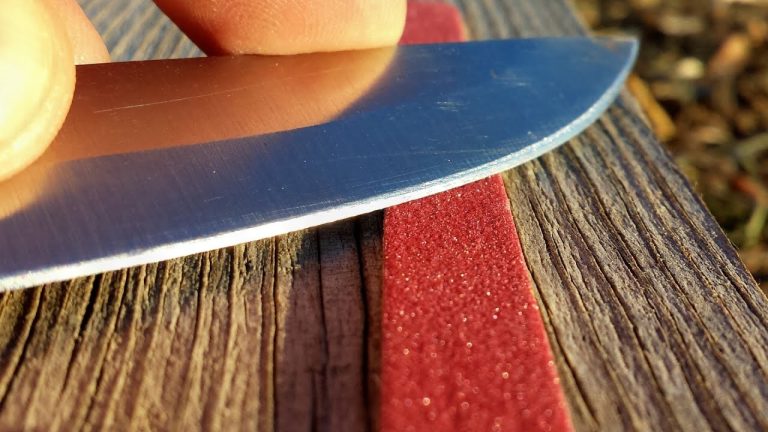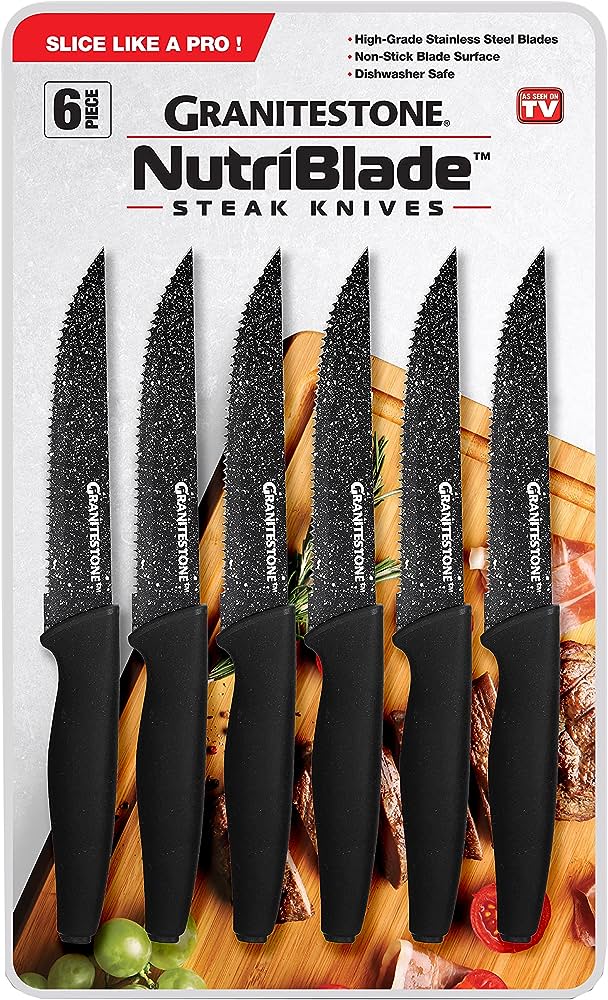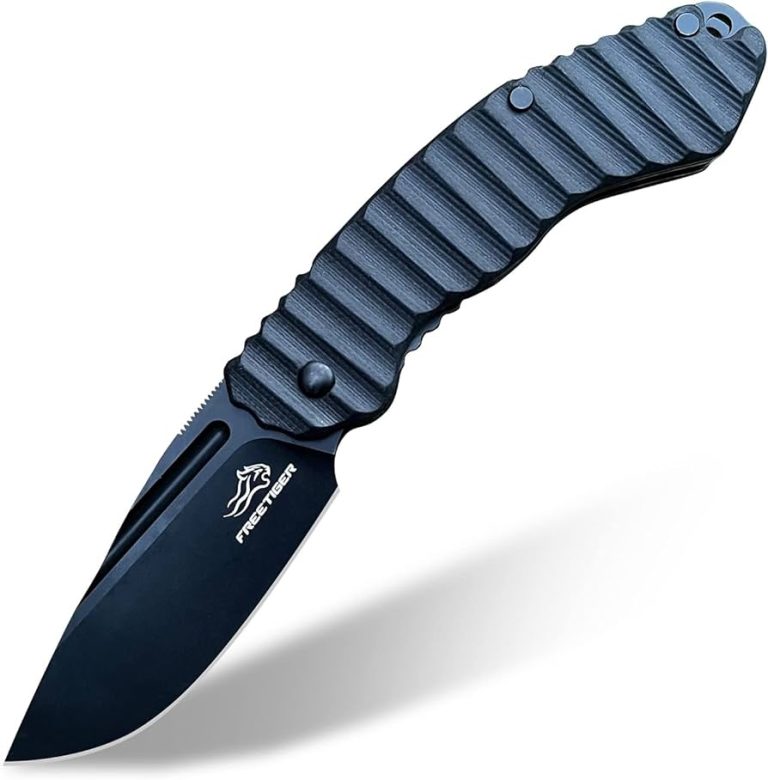Japanese Knife Styles: Unlocking the Mastery Behind Perfect Cuts
Japanese knife styles are known for their accuracy, precision, and quality. They offer a wide range of options for chefs and culinary enthusiasts.
With their unique designs and craftsmanship, Japanese knives are highly sought after in the culinary world.

Credit: kitchenmasteryco.com
The History And Evolution Of Japanese Knives
The history and evolution of Japanese knives trace back to the origins of Japanese knife-making traditions. Influenced by Japanese culture and craftsmanship, these knives have evolved over time to become synonymous with precision and quality.
Japanese knife-making traditions are deeply rooted in their cultural heritage, where craftsmanship and attention to detail have always been highly regarded. The influence of Japanese culture can be seen in the meticulous techniques used in the creation of these knives, emphasizing the importance of balance and simplicity in their design.
As time passed, Japanese knife styles and techniques evolved to meet the demands of different culinary practices. The craftsmanship extended beyond traditional knives for general use to specialized knives for specific ingredients and cooking methods. This evolution has resulted in a wide range of Japanese knife styles, including the yanagiba, deba, and santoku, each with their own unique characteristics and purposes.
From the origins of Japanese knife-making traditions to the evolution of Japanese knife styles and techniques, the artistry and precision behind these knives continue to captivate both professional chefs and culinary enthusiasts around the world. Experience the rich history and craftsmanship by exploring the diverse range of Japanese knife styles available today.
The Anatomy Of Japanese Knives
The Anatomy of Japanese Knives
Japanese knives are renowned for their exceptional craftsmanship and precision. The blade construction and materials used play a vital role in their performance and longevity. Japanese knife makers meticulously select the finest materials, such as high-carbon steel, to ensure superior sharpness, durability, and edge retention. The blade’s construction, which often involves multiple layers of steel, creates a beautiful Damascus pattern and enhances strength.
The handle design and ergonomics of Japanese knives are carefully crafted to provide comfort and control during prolonged use. The handle materials, including traditional hardwoods like magnolia or innovative materials like micarta, are chosen to offer a secure grip and stability.
One of the unique features of Japanese knives is their aesthetic appeal. The attention to detail, exquisite craftsmanship, and traditional forging techniques result in blades that are not only functional but also visually striking. From the elegant curves of the blade to the intricate engravings on the handle, every element of a Japanese knife reflects the artistry and cultural heritage behind it.
Traditional Japanese Knife Styles
Traditional Japanese Knife Styles
Japanese knife styles are highly regarded for their exceptional craftsmanship and unique designs. Each style of knife has its own purpose and is crafted with precision to meet specific culinary needs. Let’s explore some of the most popular traditional Japanese knife styles:
Deba: The versatile and sturdy workhorse
The Deba knife is known for its robustness and versatility. With a thick, heavy blade and a single bevel edge, it is ideal for tough tasks such as filleting fish, cutting through bones, and chopping through tough ingredients like root vegetables. The sturdy construction and sharpness of the Deba make it a favorite among professional chefs and home cooks alike.
Gyuto: The all-purpose chef’s knife
The Gyuto knife, also known as the chef’s knife, is a versatile tool suitable for a wide range of kitchen tasks. With its curved blade and sharp edge, the Gyuto excels at slicing, dicing, and chopping various ingredients with precision and ease. Whether you’re working with meats, vegetables, or herbs, the Gyuto offers exceptional performance and balance.
Yanagiba: The precision slicing knife
The Yanagiba knife is specifically designed for precision slicing of delicate ingredients, particularly fish. Its long, narrow blade and single bevel edge allow for clean, thin cuts that preserve the texture and flavor of the food. The Yanagiba’s sharpness and fine craftsmanship make it a favorite among sushi chefs and anyone requiring precise slicing techniques.
Modern Japanese Knife Styles
Japanese knives are renowned for their precision and craftsmanship, and modern designs have adapted to meet the needs of various culinary tasks. One popular style is the Santoku knife, a versatile tool that excels in everyday use. With its **multi-purpose** capabilities, it swiftly handles slicing, dicing, and chopping tasks with ease.
For vegetable enthusiasts, the Nakiri knife is a game-changer. As the ultimate vegetable cleaver, it offers a **superior** cutting edge for precise and efficient chopping. The flat blade and squared-off tip allow for **maximum control and precision** when maneuvering through various produce.
When it comes to delicate cuts, the Sujihiki knife is essential. This Japanese slicer boasts a **razor-sharp blade** and a long, slender profile ideal for **effortlessly slicing** through proteins and other ingredients. Its unmatched ability to create **paper-thin** cuts makes it a favorite among professional chefs and culinary enthusiasts alike.
Choosing The Right Japanese Knife For Your Needs
Japanese knife styles vary greatly depending on the cutting tasks and requirements. When selecting a Japanese knife, there are several factors to consider. Firstly, the type of cutting task you frequently perform is crucial in determining the right knife for you. Different knives excel at specific tasks, such as slicing, dicing, or chopping. Secondly, understanding your requirements, such as blade length and sharpness, is essential. A longer blade provides versatility while a shorter blade offers more control. Additionally, considering the handle material and grip is vital to ensure comfort during usage.
Furthermore, proper knife maintenance and care are of utmost importance. Regular sharpening of the blade and honing the edge will maintain its sharpness and ensure efficient cutting. It is advisable to store your Japanese knife in a protective cover or knife block to prevent any damage. Keeping the knife clean and dry, and avoiding harsh dishwashing practices, will help prolong its lifespan. Understanding the various Japanese knife styles, and the factors to consider when selecting one, will greatly enhance your cooking experience.
Mastering The Technique Of Using Japanese Knives
Mastering the Technique of Using Japanese Knives
Proper gripping and handling techniques are crucial when it comes to getting the most out of your Japanese knife. Ensuring a firm and comfortable grip will enhance your control over the blade, allowing for precise cuts and reduced risk of accidents. When holding your knife, place your index finger and thumb on either side of the blade, with the remaining fingers wrapped around the handle. This grip offers stability and maneuverability.
Essential cutting and slicing methods play a vital role in Japanese knife proficiency. The push cut, where the knife blade moves forward in a straight line, is ideal for cutting vegetables and fruits. The pull cut involves pulling the blade backward, suitable for slicing softer foods without crushing them. Mastering these techniques allows for effortless chopping, mincing, and slicing.
Honing and sharpening your Japanese knife keep it in its optimal state. Regular honing using a honing rod keeps the knife’s edge aligned, enhancing cutting performance. Sharpening, done less frequently, removes material and restores the blade’s sharpness. Maintaining a consistent angle and using high-quality whetstones ensure a razor-sharp edge on your knife and prolong its lifespan.
Japanese Knife Styles In The Professional Culinary World
Japanese knife styles have gained immense popularity in the professional culinary world. Renowned celebrity chefs often swear by their favorite Japanese knife styles, which add a touch of precision and elegance to their culinary craft. These knives offer a stark contrast to Western chef knives, and it’s important to understand the key differences between the two.
Japanese knives are renowned for their exceptional design, unique techniques, and unmatched sharpness. They are typically lighter and thinner than their Western counterparts, and their blades are crafted with meticulous attention to detail. The traditional Japanese knife styles, such as the Gyuto, Santoku, and Nakiri, have distinct characteristics that make them suitable for specific culinary tasks.
The Gyuto knife, often compared to a Western chef’s knife, provides versatility and is ideal for general culinary purposes. The Santoku knife, on the other hand, is perfect for slicing, dicing, and mincing, while the Nakiri knife excels in precision vegetable cutting. These Japanese knives are created using advanced forging techniques, resulting in a razor-sharp edge that allows for effortless cutting.
As the demand for Japanese knives grows, it’s important to note that their maintenance differs from Western knives. Proper care, including handwashing and honing, is essential to enhance their longevity and performance. With their exceptional craftsmanship and functional utility, Japanese knife styles continue to elevate the cooking experience in professional kitchens.
Exploring Japanese Knife Culture And Artistry
Japanese knife culture is a mesmerizing blend of tradition, artistry, and masterful craftsmanship. The country’s rich history, coupled with its deep appreciation for beauty and attention to detail, has resulted in exquisite knife styles and techniques that are celebrated worldwide.
Traditional forging techniques and secrets are at the core of Japanese knife making. Passed down through generations, these techniques involve the meticulous layering of different types of steel to achieve exceptional sharpness, durability, and unique blade patterns, such as the iconic Damascus finish.
Appreciating the beauty and craftsmanship of Japanese knives goes beyond their functional purpose. The meticulous attention to detail results in intricately designed handles made from materials like wood, horn, or bone, showcasing the fusion of aesthetics and functionality.
Collector enthusiasts are drawn to Japanese knives not only for their functionality but also for their historical significance and cultural value. Caring for these prized collections includes proper storage and regular maintenance, such as sharpening and oiling, to ensure their longevity.
Popular Japanese Knife Brands And Artisans
table { border-collapse: collapse; width: 100%; }th, td { text-align: left; padding: 8px; }th { background-color: #dddddd; }Japanese Knife Styles
Highlighting notable knife brands and their specialties
Japanese knives are renowned for their exceptional craftsmanship and precision. There are several notable knife brands and artisans who have made significant contributions to the industry, offering unique styles and specialties.
Renowned Japanese knife artisans and their contributions:
| Artisan | Contribution |
|---|---|
| Tsukiji Masamoto | Specializes in traditional Japanese knives with a focus on sushi and sashimi. |
| Shun Cutlery | Known for their high-quality and visually appealing knives, suitable for both professional chefs and home cooks. |
| Masakage | Offers handcrafted knives made by skilled blacksmiths, each with a unique design and exceptional sharpness. |
Recommendations for quality Japanese knife purchases:
- Consider the type of knife you need, such as a chef’s knife, Santoku, or Nakiri, based on your cooking style and preferences.
- Research reputable brands known for their craftsmanship, like the ones mentioned above.
- Look for knives made from high-quality materials, such as carbon steel or stainless steel.
- Read customer reviews and ratings to gauge the performance and durability of the knives.
- Consider your budget, as Japanese knives can range from affordable options to more expensive, high-end choices.
- Purchase from reputable retailers or directly from the brand’s official website to ensure authenticity and warranty coverage.
Conclusion
To summarize, Japanese knife styles have a rich history and distinct characteristics that make them highly sought after by professional chefs and home cooks alike. With a focus on precision, sharpness, and quality craftsmanship, these knives offer unparalleled performance in the kitchen.
The Santoku knife with its versatile design and the Gyuto knife with its long, slender blade are particularly popular choices. For those looking for a knife that excels in slicing fish and vegetables, the Yanagiba knife is the perfect option.
Additionally, the Deba knife is ideal for butchering and filleting tasks. Whether you’re a professional chef or a passionate home cook, adding a Japanese knife to your collection will elevate your culinary skills and make your cooking experience more enjoyable.
Invest in quality Japanese knives, and you’ll find yourself appreciating the precision and beauty of their design for years to come.






